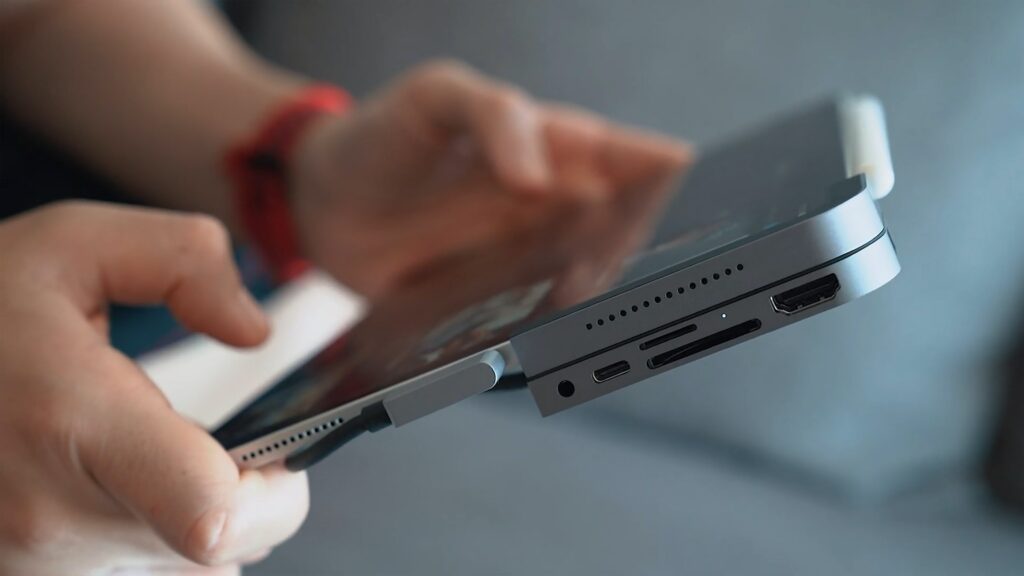
How the Internet of Things is helping us to be smarter about water
As the world faces a water crisis, intelligent devices and Big Data hold the key to better water management.
Our planet is covered in water. So why do we face a parched future?
Just 3% of the world’s water is freshwater, and it’s shared by humans, animals and industry. Growing demand, combined with the effects of climate change, is fuelling a crisis. According to WHO, 700 million people could be displaced by drought by 2030. Others could be affected by disruption to water-intensive sectors including food, clothing and cars.
The Internet of Things (IoT) – networks of physical sensors and software exchanging data – may hold the key to better water management.
1. Smart water
The use of sensors in water and wastewater industries is predicted to be worth $2bn by 2030. That confidence is due to the way IoT aligns almost perfectly with the sector’s biggest problems.
In Europe, 26% of treated drinking water is lost before it reaches the tap. In developing nations, it can be 70%. Ageing pipes and environmental stressors are to blame, and the vast size of managed areas mean leaks can stay hidden for months. The cost to water utilities? $14 billion per year.
IoT sensors offer remote coverage of widespread or underground facilities in near real time. Software listening to this always-on data can detect changes in pressure or quality, and assign a repair team at greater speed and safety, and less cost, than manual surveys.
There are wider benefits, too. Verizon notes water utilities are often the largest user of electricity in a town, because of the sheer size of the pumps. “But with IoT devices monitoring those pumps, it’s been shown that up to 10% of energy costs can be reduced,” they say.
2. Farming
If IoT solutions dovetail with the demands of industry, there’s particular urgency in agriculture. Agricultural irrigation accounts for 70% of water use globally. Meat rearing is also highly water- intensive.
Manual water management involves travelling to watering holes, checking moisture levels and analysing data. It’s time-intensive work that diverts attention and investment away from crops and cattle. Meanwhile, farmers from America to Africa face growing pressure from drought. Efficient water management is crucial.
IoT sensors and devices offer a way to manage water availability, quality and delivery remotely. But networks can do much more. For example, devices that monitor cattle movement and water consumption help farmers work responsively yet with greater insight.
Soil sensors go one better: they assess and deliver water automatically, according to the needs of individual crops. Farmers in Southern California are using IoT to track and top-up soil moisture levels around avocado trees, ensuring no drop is wasted. And when tomato farmers in Greece tried something similar, yields increased from 76 to 83 tonnes per hectare.
3. Consumer conservation
Colgate’s Save Water campaign asked consumers to take small actions to use less water. The result, they say, is a potential saving of 99 billion gallons of water globally.
Beyond campaigns, however, many consumers vastly underestimate their use. In 2020, Water UK found 46% of Brits believe their daily household water consumption to be under 20 litres. The true figure is closer to 142 litres per person per day.
Smart meters can plug this knowledge gap, displaying how much water is used and where. Consulting firm CGI says context encourages behaviour change. For instance, how would you respond to knowing you use 20% more water than your neighbours?
Once a baseline is established, interventions can be more meaningful. IoT sensors that detect leaks and floods can prevent costly or devastating damage. Intelligent scanners send alerts if temperature drops could cause pipes to freeze.
Sensors similarly warn of water wastage from taps and toilets – though smart toilets can manage this process automatically without oversight.
For consumers as well as industry, smart solutions for water management already exist. The challenges from here are likely to be of awareness and then access to the tools that make a difference.